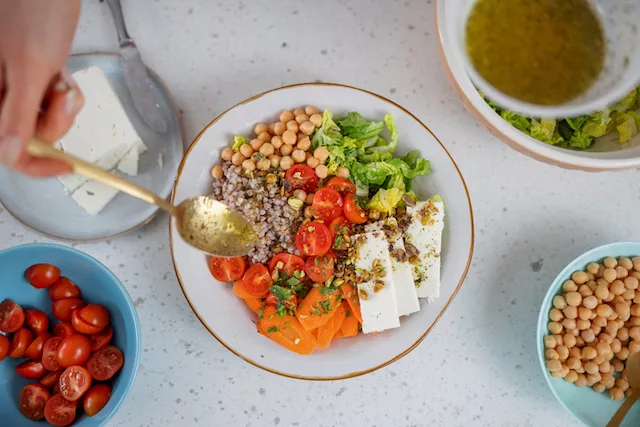When starting a (GLP-1 RA) medication such as Wegovy, Ozempic, Zepbound, or Mounjaro, it is important to follow a nutritional plan that supports your body’s needs. While these medications don’t require restriction of certain macronutrients, what you eat still plays a crucial role in how well the medication works. Eating a balanced diet can help prevent unwanted side effects and ensure you get the most from your medicines. In this guide, we’ll cover how GLP-1 RA medications work in the body, and what foods you should eat (and which foods you should avoid) to get the best results from the medications.
How GLP-1 drugs work
The active ingredients in these particular weight loss/T2D drugs, semaglutide and tezepatide, mimic GLP-1 (glucagon-like peptide-1), a hormone naturally produced in the gastrointestinal tract. When you eat, your body breaks down carbohydrates into simple sugars, which then enter your bloodstream. GLP-1 signals your pancreas to release insulin, which helps your cells absorb glucose for energy. This process also slows digestion, helps you feel fuller for longer, and regulates blood sugar levels. These effects make GLP-1 drugs effective in reducing an individual’s weight and controlling blood sugar levels.
Why Nutrition in GLP-1 Drugs Matter
“You may experience changes in hunger and even develop food aversions while taking GLP-1 medications,” says Brittany Werner, MS, RDN, director of coaching at Working Against Gravity. She continues, “However, it’s critical that you still get enough nutrients and total calories to maintain normal body function.” This means that when it comes to the GLP-1 diet, every bite counts. The foods you choose should be nutritious, whole, and minimally processed. Poor nutritional habits can lead to many consequences, including hypoglycemia, cardiovascular problems, and loss of muscle mass. Choosing the right foods can enhance the effects of medications, control healthy blood sugar levels and support overall health.
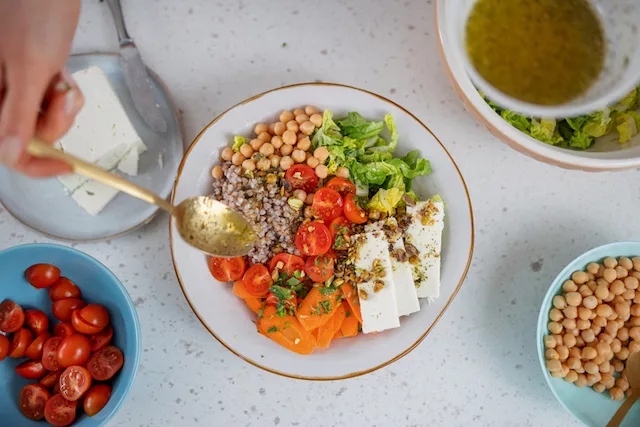
Foods to Eat (and Avoid) in GLP-1
A diet that supports GLP-1 medications should focus on a variety of whole foods rich in essential nutrients. Here are details on some of the types of foods you should include in your diet.
Fat
Healthy fats are crucial for GLP-1 users because they help regulate blood sugar and keep you fuller longer. Monounsaturated fats and omega-3 fatty acids are especially encouraged because they help increase GLP-1 production.
Fats to eat:
- avocado
- Nuts (peanuts, almonds, pistachios, walnuts)
- olive oil
- chia seeds
- flaxseed
whole grains
Unlike refined grains, whole grains are rich in fiber, which slows digestion and provides long-lasting energy. They also help control blood sugar levels and prevent insulin spikes, which is critical for people taking GLP-1.
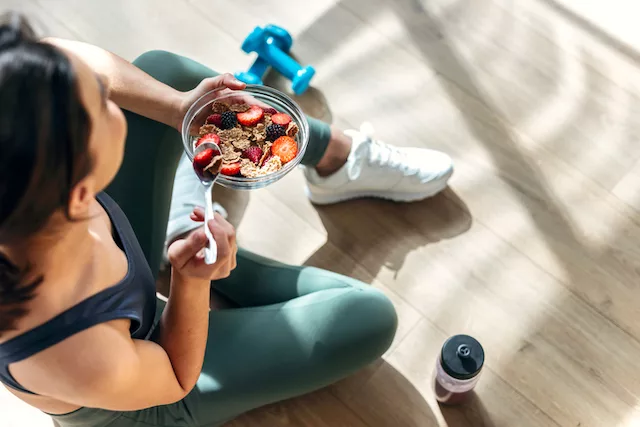

Eat whole grains:
- oat
- brown rice
- Pasta (whole wheat)
- Quinoa
- barley
- millet
- faro
fiber
As you’ll find in most foods, fiber plays an important role in many ways. It helps aid digestion, slows the absorption of nutrients, and promotes a feeling of fullness, keeping you satisfied. High-fiber foods also help stimulate the release of GLP-1, which helps regulate appetite.
Dietary fiber:
- fruits and vegetables
- Legumes (beans, lentils, chickpeas)
- whole grains
- Nuts and seeds
carbohydrate
Carbohydrates are an important source of energy for your body (especially if you eat much less than usual), but it’s important to pay attention to the type of carbohydrates you eat. Complex carbohydrates are the best choice for keeping you feeling full while suppressing your appetite (due to their high fiber content). Avoid simple carbohydrates (breakfast cereals, soda or high-sugar juices, sweets) when possible. These spike blood sugar and digest quickly, leading to hunger and eventually overeating.
Carbs to eat:
- oat
- Quinoa
- Starchy vegetables (sweet potatoes, corn, peas)
- Beans (beans, lentils)
- Whole wheat products
Control your carbohydrate portions and spread your intake throughout the day to more effectively control your blood sugar levels.
fruit
While fruit is packed with nutrients so you can never go wrong, eating certain fruits as part of a GLP-1 diet can be especially beneficial for supporting medication. For example, grapes, berries, and pomegranates contain bioactive compounds such as polyphenols and flavonoids, which stimulate the body’s natural production of GLP-1. Many fruits are also high in fiber and antioxidants, which can improve insulin sensitivity.
Fruit to eat:
- Grape
- Berries (strawberries, blueberries, raspberries)
- banana
- apple
- Pomegranate
- avocado
- orange
vegetable
Like fruits, vegetables are high in fiber, which supports a healthy digestive system. Many vegetables, especially non-starchy vegetables, have a low glycemic index. Therefore, they do not cause rapid spikes in blood sugar and are ideal for those on a GLP-1 diet. Plus, you can load your plate with vegetables and stay within your calorie deficit.
Vegetables to eat:
- Leafy green vegetables (spinach, kale, Swiss chard)
- broccoli
- Brussels sprouts
- carrot
- onions, garlic
- asparagus
- squash
protein
For people taking GLP-1 medications, it is absolutely necessary to consume enough protein every day. While it provides a feeling of fullness, it helps maintain lean muscle mass, which is critical for weight loss and appetite suppression caused by GLP-1 drugs. Eating lean protein can also slow down the absorption of carbohydrates and prevent blood sugar spikes after meals.
Protein to eat:
- Lean protein (chicken, turkey, eggs, fish such as salmon and tuna)
- Dairy products (Greek yogurt, cottage cheese, low-fat cheese)
- Soy protein (tofu, edamame)
- Protein supplements (energy bars and shakes – check first for artificial ingredients and sugar)
So, how much protein should I eat to maintain healthy muscle mass?
“For those who are active and want to maintain or build lean body mass, a general guideline is to consume 0.8-1.0 grams of protein per pound of body weight,” explains Werner. “If you’re just starting out on your health journey and 0.8-1.0 g/lb is too much for your current diet, start with a goal of at least 30 g of protein per meal and gradually increase from there. “
Moisturizing
Staying hydrated is essential for digestion, weight loss, and overall body function. Dehydration reduces GLP-1 levels, so it is important to stay well hydrated. Also, try to avoid sugary drinks (e.g., sodas, energy drinks, juices), as these may cause your blood sugar to spike and actually counteract the effects of your medications.
Drinks:
- water
- Tea
- Coffee (no sugar added)
Foods to avoid
As important as it is to know which foods are good for GLP-1 medications, it’s equally important to know which foods and drinks to stay away from. Many of these products can cause increases in blood sugar, counteracting the beneficial effects of GLP-1 drugs. For others, it may cause gastrointestinal discomfort. Greasy or spicy foods can trigger symptoms of nausea, heartburn, bloating, and even vomiting, so it’s best to minimize these types of foods. GLP-1 medications will naturally reduce your cravings for these foods over time, but it’s best to be aware of them from the beginning.
Foods to avoid:
- processed food
- High-sugar foods and drinks
- Refined carbohydrates (white bread, crackers)
- Fried or greasy food
- Spicy or acidic foods (may cause digestive discomfort)
- alcohol overdose
Beyond this list, Werner explains, other factors can hinder the effectiveness of GLP-1 drugs. “In addition to high-calorie foods, skipping meals or not eating enough can seriously impact medication. Eating too few calories can disrupt metabolism and medication efficacy. Stress is another factor to keep in mind, as it can affect our blood sugar regulation Alcohol consumption should also be considered, as alcohol can affect how your body metabolizes GLP-1, reducing its effectiveness. It is best to limit alcohol intake when taking GLP1 medications, which can potentially counteract blood sugar regulation. The ability of the drug to control insulin levels.”
GLP-1 Diet Key Points and Facts
While good nutrition may be a major supporter of medication, it’s a lifestyle that requires commitment. This means focusing on nutrition, fitness and health as a whole. All of these factors must come together to achieve the most successful results and maintain those results over the long term. (What happens when you stop taking GLP-1?) Prioritizing a diet that provides adequate nutrition will help create a feeling of fullness, help manage healthy blood sugar levels, and prevent any nutritional deficiencies or muscle loss from occurring. By choosing nutrient-dense foods and taking good care of your body, you can lose weight and maintain your overall health in the long run.


 Anal Beads
Anal Beads Anal Vibrators
Anal Vibrators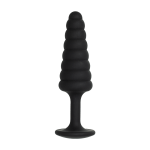 Butt Plugs
Butt Plugs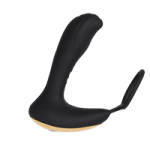 Prostate Massagers
Prostate Massagers
 Alien Dildos
Alien Dildos Realistic Dildos
Realistic Dildos
 Kegel Exercisers & Balls
Kegel Exercisers & Balls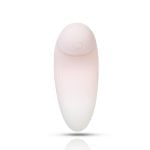 Classic Vibrating Eggs
Classic Vibrating Eggs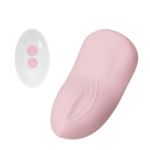 Remote Vibrating Eggs
Remote Vibrating Eggs Vibrating Bullets
Vibrating Bullets
 Bullet Vibrators
Bullet Vibrators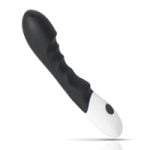 Classic Vibrators
Classic Vibrators Clitoral Vibrators
Clitoral Vibrators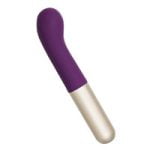 G-Spot Vibrators
G-Spot Vibrators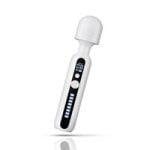 Massage Wand Vibrators
Massage Wand Vibrators Rabbit Vibrators
Rabbit Vibrators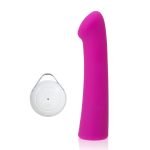 Remote Vibrators
Remote Vibrators
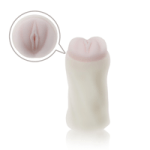 Pocket Stroker & Pussy Masturbators
Pocket Stroker & Pussy Masturbators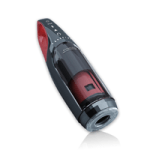 Vibrating Masturbators
Vibrating Masturbators
 Cock Rings
Cock Rings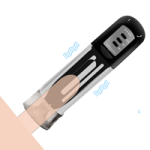 Penis Pumps
Penis Pumps
 Wearable Vibrators
Wearable Vibrators Blindfolds, Masks & Gags
Blindfolds, Masks & Gags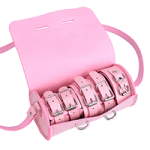 Bondage Kits
Bondage Kits Bondage Wear & Fetish Clothing
Bondage Wear & Fetish Clothing Restraints & Handcuffs
Restraints & Handcuffs Sex Swings
Sex Swings Ticklers, Paddles & Whips
Ticklers, Paddles & Whips






